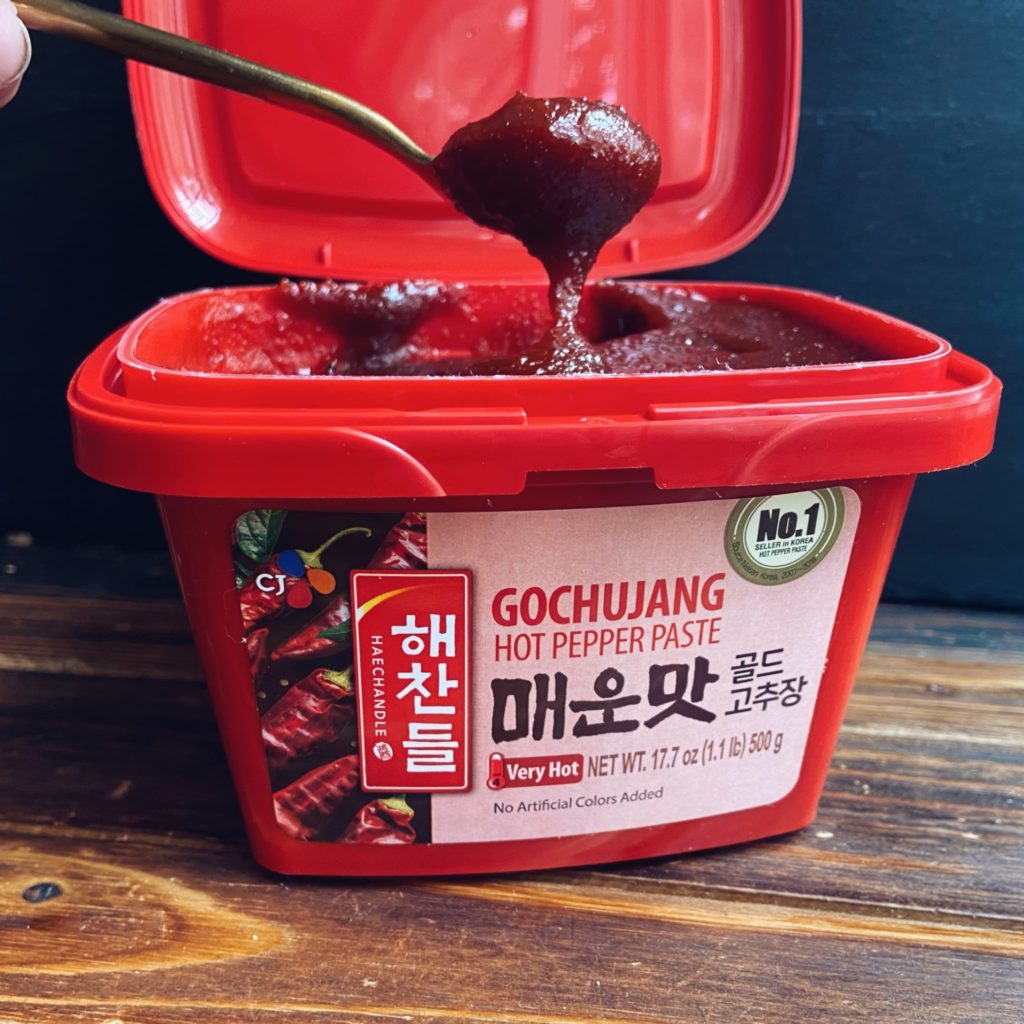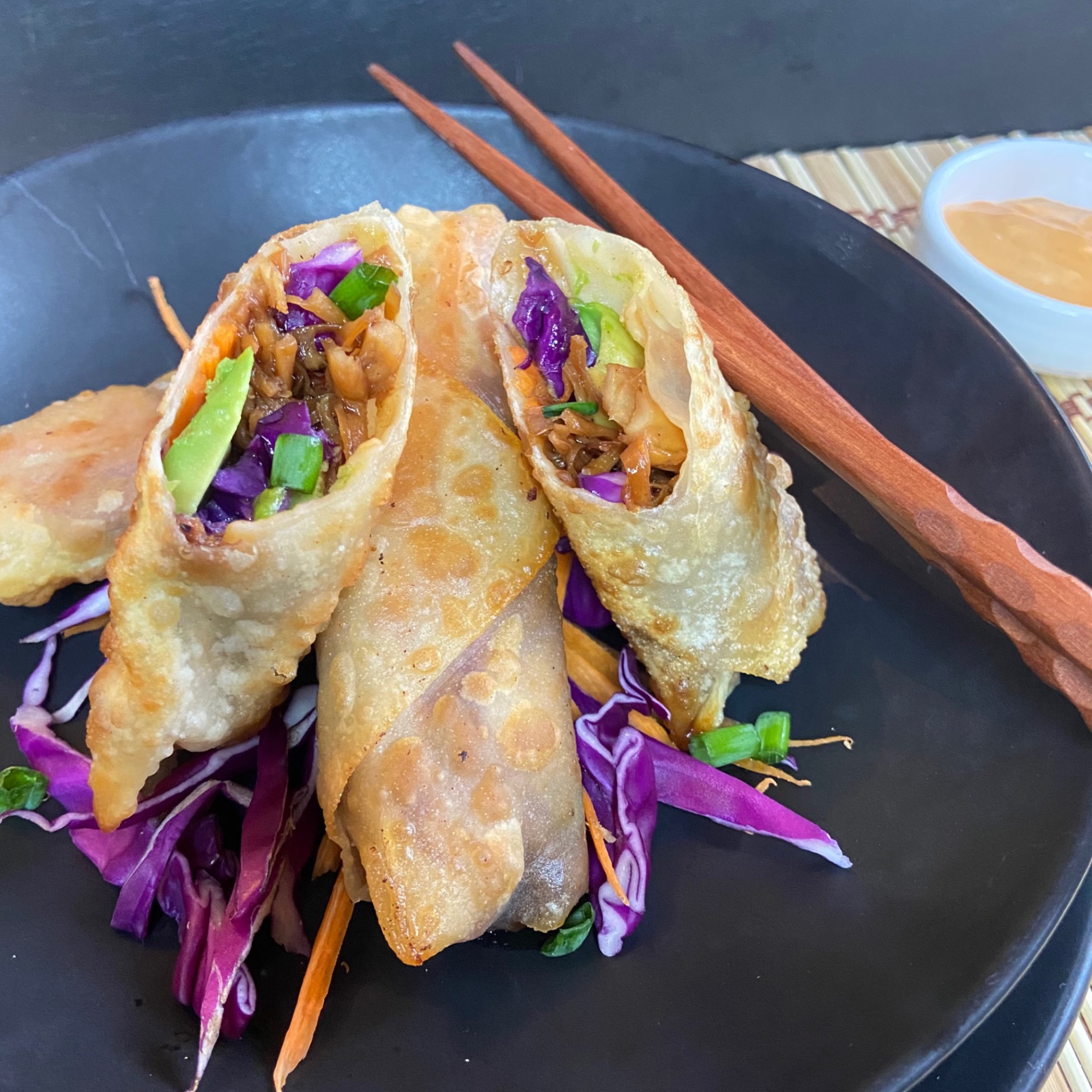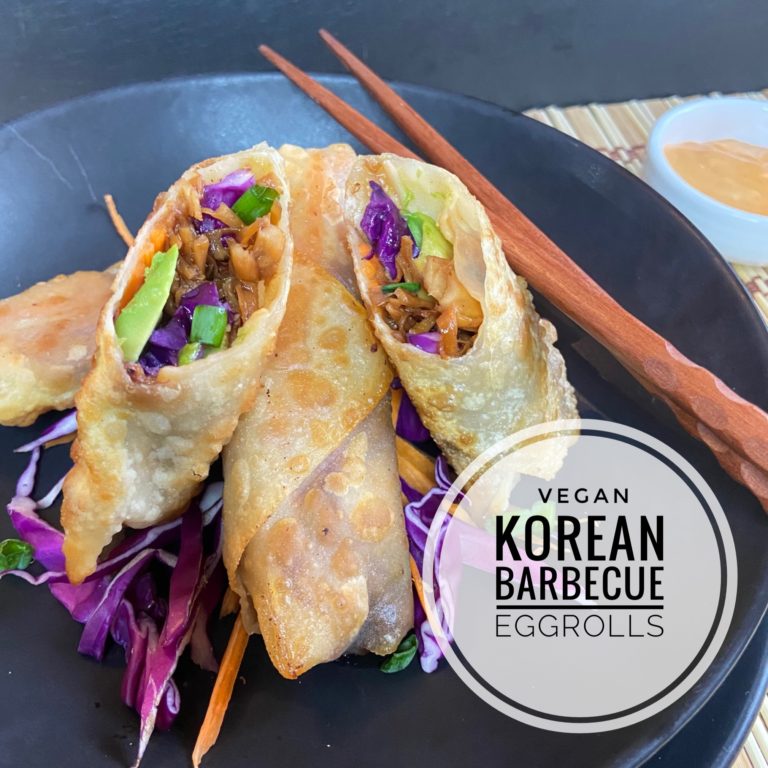If you go to Asia for one reason, let it be the street food. As vast and different all of Asia is, it shares the common denominator of other worldly street food. Anywhere you go, wandering the night market and indulging in local treats is a shared way of life. I highly suggest you don’t go looking for a full meal anywhere, but rather a bite here, a taste there. If you’re anything like me, your eyes will be bigger than your stomach. What a shame it would be if you filled up on a plate of dumplings before you even got to sample the local street pancakes. Expect to sit with people you don’t know, and embrace the unfamiliar world around you.
What is Gochujang Paste?
What a travesty to live in a world without Korean ingredients. If you’ve never experienced gochujang, today would be the day. Gochujang is a Korean hot pepper paste. It’s a combination of sweet and spicy. The traditional Korean paste is made from fermented soybeans, red chili flakes, sticky rice, and salt. There is a chance you can find it in the asian section of your grocery store, but I recommend making a field trip to your local asian supermarket. This paste is very hot, but here’s the thing… we are cooking Korean so if you can’t take the heat, then get out of the kitchen.
Uses for Gochujang Paste
The thick Gochujang paste can be used in almost anything… stews, broths, marinades, sauces. This is one of my staple cabinet ingredients. On a day where you just don’t know where you want to cook from, a little Gochujang and we are on a Seoul street corner.

I promise that there is nothing more grounding than making a jar of kimchi infused with gochujang for the first time. There’s an obvious reason that local Koreans make kimchi in 5 gallon buckets! Here’s a few of my favorite uses for gochujang paste…
- Kimchi
- Spicy Udon
- Okonomiyaki
- Pulled “Pork” Egg Rolls
- Spicy Miso Soup
- Kimchi-Jjigae Stew
- Pulled “Pork” Tacos
- Spicy Tofu Marinade
- Korean “Meatballs”


